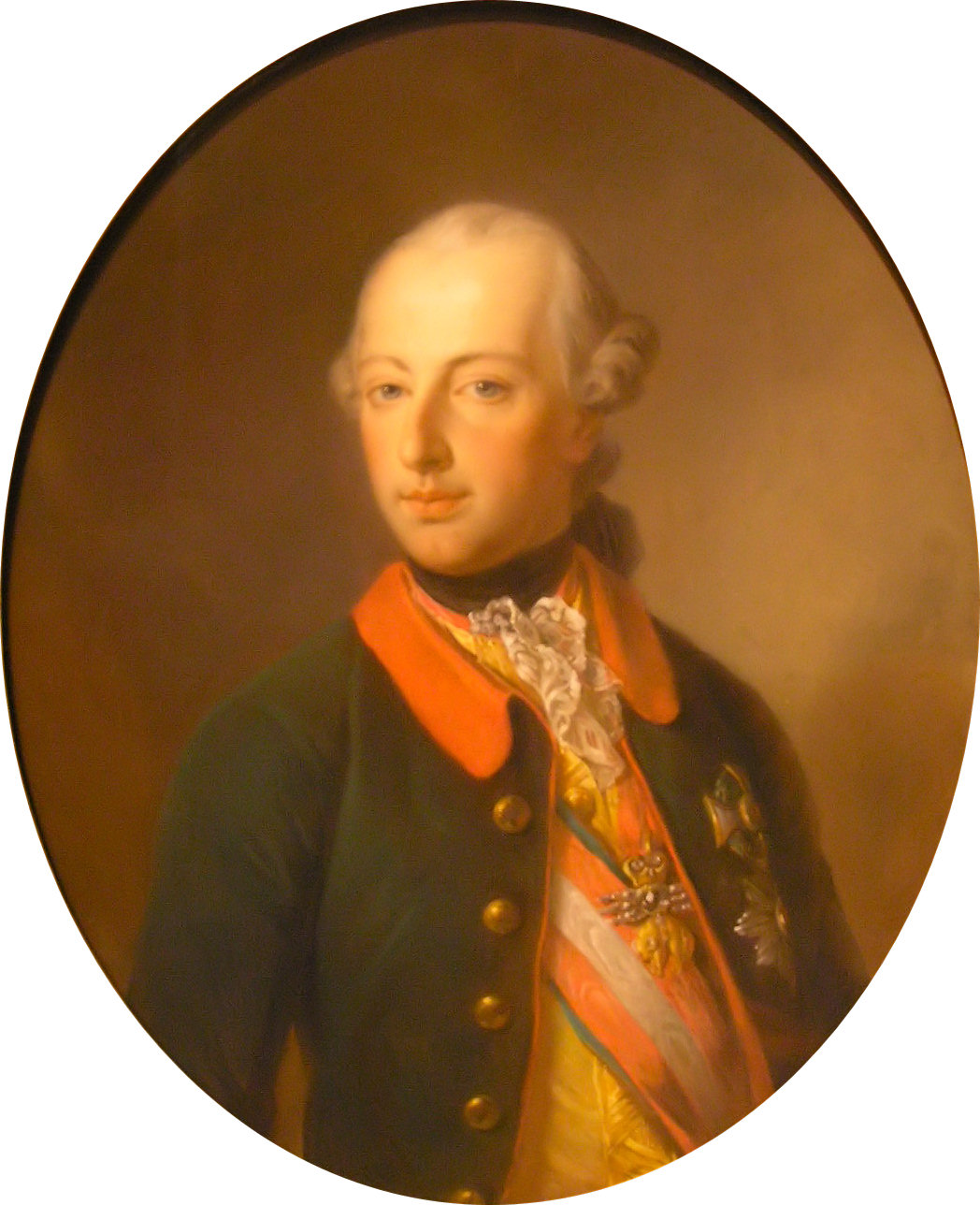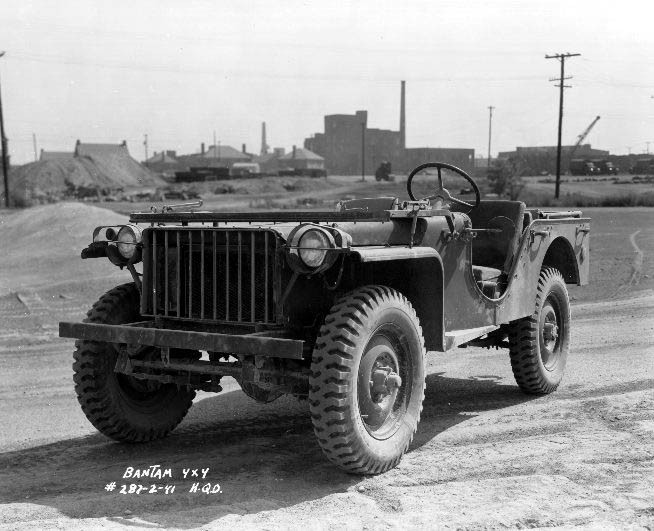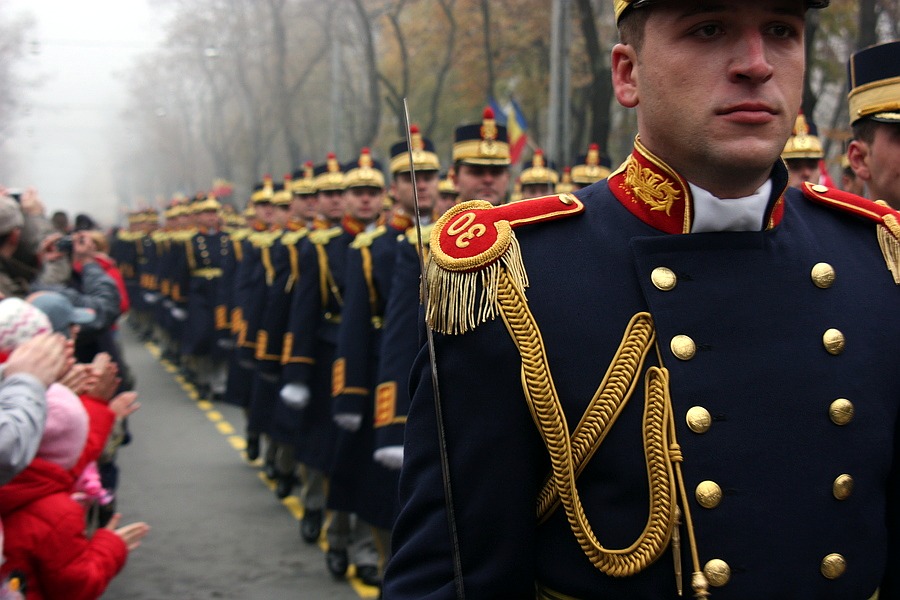|
Săvârșin Castle
Săvârșin Castle (, ) is a large Country house situated in ''Săvârșin Park'', a private estate that was owned by King Michael I of the Romanians (1921–2017) in Săvârșin, Arad County, Romania. It is the Romanian Royal Family’s official country residence where the statutes defining the role and powers of the Royal Family are signed. King Michael I and Queen Anne spent their annual Christmas Holidays here following the Castle's restitution to royal ownership, a tradition continued by Margareta, Custodian of the Romanian Crown. Since 2021 the Castle grounds and King Michael's collection of WW2 Jeeps have been open to the public during the Summer. History Formerly known as Forray Castle, Săvârșin was owned by various Hungarian noble families for three centuries during the territory owned by the Kingdom of Hungary until the Union of Transylvania with Romania. In mid-18th century, at the center of the estate on which the current Royal Castle lies, there was a buil ... [...More Info...] [...Related Items...] OR: [Wikipedia] [Google] [Baidu] |
Săvârșin
Săvârșin ( hu, Soborsin) is a commune in Arad County, Romania. Săvârșin commune lies at the foot of the Metaliferi Mountains, at its contact point with the Mureș Couloir. Its surface occupies approximately 22000 hectares and it is composed of nine villages: Căprioara (''Kaprióra''), Cuiaș (''Felsőköves''), Hălăliș (''Áldásos''), Pârnești (''Pernyefalva''), Săvârșin (situated at 87 km from Arad), Temeșești (''Temesd''), Toc (''Tok''), Troaș (''Trojás'') and Valea Mare (''Marosnagyvölgy''). Săvârșin is best known for the royal palace Săvârșin Castle. Population According to the last census the population of the commune counts 3290 inhabitants, out of which 98.1% are Romanians, 1.0% Hungarians, 0.3% Ukrainians, 0.3% Serbs and 0.3% are of other or undeclared nationalities. History The first documentary records of Săvârșin, Hălăliș, Pârnești and Temeșești date back to 1479. Căprioara was attested documentarily in 1256, Cuiaș in 1477, ... [...More Info...] [...Related Items...] OR: [Wikipedia] [Google] [Baidu] |
Revolt Of Horea, Cloșca And Crișan
The Revolt of Horea, Cloșca and Crișan (; 31 October – 14 December, 1784) began in the Metaliferi Mountains, Transylvania, but it soon spread throughout all Transylvania and the Apuseni Mountains. The leaders were Horea (Vasile Ursu Nicola, 1731–1785), Cloșca (, 1747–1785) and Crișan (, 1733–1785). Background The revolt was directly related to the poor conditions of feudal serfs in the Principality of Transylvania. Though Orthodox Romanians lacked political equality with Catholic subjects in Transylvania, the events were not necessarily motivated by religious or ethnic tensions, but by basic human rights. After Holy Roman Emperor Leopold I's incorporation of the principality into the Habsburg domains in 1691, the rights of the Hungarian, Székely, and Saxon nobles were preserved. The peasants however, still had no representation in politics. Especially the Romanian peasantry had no guarantees for their Orthodox church institutions, though they were tolerated. ... [...More Info...] [...Related Items...] OR: [Wikipedia] [Google] [Baidu] |
Pelișor Castle
The Pelișor Castle (Romanian: ''Castelul Pelișor'', ) is a castle in Sinaia, Romania, part of the same complex as the larger castle of Peleș. History The castle was built in 1899–1902 by order of King Carol I, as the residence for his nephew and heir, the future King Ferdinand (son of Carol's brother Leopold von Hohenzollern) and Ferdinand's consort Queen Marie. In 2006, it was decided that the entire complex, including Pelișor, long a museum and tourist site, is the legal property of the King Michael I of Romania. The royal family was to assume legal possession of it and lease it to the Romanian state, so that it will remain in its current status. The main castle of Peleș is already under lease, but negotiations for other villas and chateaus are on going. King Michael I of Romania maintained that Pelișor would remain a private residence for the royal family. Architecture Pelișor was designed by the Czech architect Karel Liman in the ''Art Nouveau'' style; the ... [...More Info...] [...Related Items...] OR: [Wikipedia] [Google] [Baidu] |
Elisabeta Palace
Elisabeta Palace () is a palace on Kiseleff Road in Bucharest, Romania. Built in 1936, it is the official residence in Romania of Margareta of Romania, her husband Prince Radu, and her sister Princess Maria. The Palace was designed in 1930 by the architect Duiliu Marcu and built in 1936 for Princess Elisabeth, the daughter of King Ferdinand I and his wife Queen Marie, and also the aunt of King Michael I, who was forced to abdicate on 30 December 1947. In 2001, the Romanian Senate passed a bill which states that the Palace would be awarded to the former king for use as a residence during his lifetime. Since then, members of the former Royal Family have been living there. Foreign heads of state, royalty and politicians are received there, as well as Romanian political, cultural, economic and academic figures when special events are conducted. History In July 1935, Princess Elisabeth, former Queen Consort of Greece, divorced her second cousin, the deposed King George II of ... [...More Info...] [...Related Items...] OR: [Wikipedia] [Google] [Baidu] |
Jeeps
Jeep is an American automobile marque, now owned by multi-national corporation Stellantis. Jeep has been part of Chrysler since 1987, when Chrysler acquired the Jeep brand, along with remaining assets, from its previous owner American Motors Corporation (AMC). Jeep's current product range consists solely of sport utility vehicles – both crossovers and fully off-road worthy SUVs and models, including one pickup truck. Previously, Jeep's range included other pick-ups, as well as small vans, and a few roadsters. Some of Jeep's vehicles—such as the Grand Cherokee—reach into the luxury SUV segment, a market segment the 1963 Wagoneer is considered to have started. Jeep sold 1.4 million SUVs globally in 2016, up from 500,000 in 2008, two-thirds of which in North America, and was Fiat-Chrysler's best selling brand in the U.S. during the first half of 2017. In the U.S. alone, over 2400 dealerships hold franchise rights to sell Jeep-branded vehicles, and if Jeep were spun o ... [...More Info...] [...Related Items...] OR: [Wikipedia] [Google] [Baidu] |
World War II
World War II or the Second World War, often abbreviated as WWII or WW2, was a world war that lasted from 1939 to 1945. It involved the vast majority of the world's countries—including all of the great powers—forming two opposing military alliances: the Allies and the Axis powers. World War II was a total war that directly involved more than 100 million personnel from more than 30 countries. The major participants in the war threw their entire economic, industrial, and scientific capabilities behind the war effort, blurring the distinction between civilian and military resources. Aircraft played a major role in the conflict, enabling the strategic bombing of population centres and deploying the only two nuclear weapons ever used in war. World War II was by far the deadliest conflict in human history; it resulted in 70 to 85 million fatalities, mostly among civilians. Tens of millions died due to genocides (including the Holocaust), starvation, ma ... [...More Info...] [...Related Items...] OR: [Wikipedia] [Google] [Baidu] |
Public Holidays In Romania ...
The following is a list of public holidays in Romania. According to Romanian law, Romania had 51 public holidays as of 2011, which cover 14% of the days of the year in the country. Official non-working holidays Other working holidays and observances Traditional holidays – working observances See also *Public holidays in Moldova *Public holidays in Transnistria References External linksPublic holidays in Romania {{Public holidays in Europe Romania Romanian culture Society of Romania Observances in Romania Holidays A holiday is a day set aside by Norm (social), custom or by law on which normal activities, especially business or work including school, are suspended or reduced. Generally, holidays are intended to allow individuals to celebrate or commemorate ... [...More Info...] [...Related Items...] OR: [Wikipedia] [Google] [Baidu] |
Arad County
Arad County () is an administrative division ( judeţ) of Romania roughly translated into county in the western part of the country on the border with Hungary, mostly in the region of Crișana and few villages in Banat. The administrative center of the county lies in the city of Arad. The Arad County is part of the Danube–Criș–Mureș–Tisa Euroregion. Name In Hungarian, it is known as , in Serbian as , and in German as . The county was named after its administrative center, Arad. Geography The county has a total area of , representing 3.6% of national Romanian territory. The terrain of Arad County is divided into two distinct units that cover almost half of the county each. The eastern side of the county has a hilly to low mountainous terrain (Dealurile Lipovei, Munții Zărandului, Munții Codru Moma) and on the western side it's a plain zone consisting of the ''Arad Plain'', ''Low Mures Plain'', and ''The High Vinga Plain''. Taking altitude into account we notice tha ... [...More Info...] [...Related Items...] OR: [Wikipedia] [Google] [Baidu] |
High Court Of Cassation And Justice
The High Court of Cassation and Justice ( ro, Înalta Curte de Casație și Justiție) is Romania's supreme court, and the court of last resort. It is the equivalent of France's Cour de Cassation and serves a similar function to other courts of cassation around the world. Naming history It held various names during its existence: "Curtea Supremă" (Supreme Court) and "Tribunalul Suprem" (Supreme Tribunal) during the Communist period (1948–1952 and 1952–1989 respectively), and "Curtea Supremă de Justiție" (Supreme Court of Justice) from 1990 to 2003. The name "Înalta Curte de Casație și Justiție" was re-introduced in 2003, having been also used during the United Principalities (1862–1881) and Kingdom of Romania (1881–1947). Administration The court is led by a president, seconded by a vice-president and the leading council. Since September 2019, its president is Corina-Alina Corbu. The general assembly of the court's judges assigns two members for the Superior ... [...More Info...] [...Related Items...] OR: [Wikipedia] [Google] [Baidu] |
Nicolae Ceaușescu
Nicolae Ceaușescu ( , ; – 25 December 1989) was a Romanian communist politician and dictator. He was the general secretary of the Romanian Communist Party from 1965 to 1989, and the second and last Communist leader of Romania. He was also the country's head of state from 1967, serving as President of the State Council and from 1974 concurrently as President of the Republic, until his overthrow and execution in the Romanian Revolution in December 1989, part of a series of anti-Communist uprisings in Eastern Europe that year. Born in 1918 in Scornicești, Ceaușescu was a member of the Romanian Communist youth movement. Ceaușescu rose up through the ranks of Gheorghe Gheorghiu-Dej's Socialist government and, upon Gheorghiu-Dej's death in 1965, he succeeded to the leadership of the Romanian Communist Party as general secretary. Upon his rise to power, he eased press censorship and openly condemned the Warsaw Pact invasion of Czechoslovakia in his speech on 21 August ... [...More Info...] [...Related Items...] OR: [Wikipedia] [Google] [Baidu] |
Princess Helen Of Greece And Denmark
Helen of Greece and Denmark ( el, Ελένη, ''Eleni''; ; 2 May 1896 – 28 November 1982) was the queen mother of Romania during the reign of her son King Michael I (1940–1947). She was noted for her humanitarian efforts to save Romanian Jews during World War II, which led to her being awarded by the State of Israel with the honorific of ''Righteous Among the Nations'' in 1993. Daughter of King Constantine I of Greece and his wife, Princess Sophia of Prussia, Helen spent her childhood in Greece, the United Kingdom and Germany. The outbreak of World War I and the overthrow of her father by the Allies in 1917 permanently marked her and also separated her from her favorite brother, the young Alexander I of Greece. Exiled in Switzerland along with most members of the royal family, Helen then spent several months caring for her father, plagued by disease and depression. In 1920, the princess met Carol, Crown Prince of Romania, who quickly asked her hand in marriage. Despite ... [...More Info...] [...Related Items...] OR: [Wikipedia] [Google] [Baidu] |





.jpg)